The Gates of Guinee
According to one local tradition, the entrance to the Voodoo underworld can be found in New Orleans through seven gates scattered throughout the city's French Quarter.
According to the teachings of Voodoo, the souls of the dead reside in a portion of the underworld known as Guinee. This is not a place of torture or punishment, but rather a murky plane which spirits must pass through before reaching the “deep waters” where they’ll be reunited with their ancestors.
Guinee is presided over by the loa known as Baron Samedi. Often depicted as a skeleton in corpse paint dressed in a top hat and tails, the Baron is a powerful symbol of death and rebirth, guarding the crossroads which form portals to other worlds. The most important of all these portals are the “Gates of Guinee” themselves.
Theories regarding the Gates of Guinee vary from one Voodoo practitioner to another. Some see the seven gates as a metaphor for the seven days after death; according to Voodoo belief, the soul remains close to its corpse for the first week, during which time the deceased is at the highest risk of being zombified by hoodoo magicians. During this symbolic period, the soul passes through one gate followed by another, to be met by Baron Samedi at the seventh and escorted to the land of the dead.
Others believe the Gates of Guinee have their physical counterpoint on earth. Voodoo practitioners in New Orleans have sometimes claimed that the seven gates are located in various local cemeteries, scattered around Canal Street, which runs through the city’s French Quarter. At one point there were a total of seventeen different burial grounds located in this district, placing Canal Street at the heart of a veritable “city of the dead.” Nearby sites such as the Saint Louis Cemetery and the Saint Louis Cemetery No. 2 present themselves as likely spots for a gateway, along with a range of other potential locations in the area such as Greenwood Cemetery, the Cypress Grove Cemetery, and the St Patrick Cemetery.
Some say that the crucifix form of Baron Samedi’s personal sigil, or “veve,” indicates the Canal Street crossroads which hide the final gateway to Guinee. It has even been suggested that the seven gates themselves can be found by deciphering the veve, plotting the sigil’s seven stars onto the network of streets surrounding the crossroads.
One popular theory indicates that the Tomb of Marie Laveau - a powerful 19th century voodoo priestess, whose remains were supposedly interred in the Saint Louis Cemetery No. 1 - marks the first star of Samedi’s veve. This would place the Gates of Guinee somewhere around the crossing of Canal Street and Basin Street; the other stars in the veve marking tombs or monuments in the nearby streets.
The order the gates are opened in is also of key significance. Approached incorrectly, the gates can allow dangerous spirits to enter the world of the living, dragging the unwary seeker - body and soul - back with them to the land of the dead. A traditional rhyme amongst the voodoo practitioners of New Orleans is said to describe the proper timing for opening the Gates of Guinee; “Seven nights, Seven moons, Seven gates, Seven tombs.”
It is also critical that a seeker pays due respect to the guardian at each gate. These are all power loas, set the task of keeping the living out of the land of the dead. They must be appeased with ritual offerings, and are quick to anger. At the time of Marie Laveau, a list was compiled of the guede who guarded each gate. Anyone intent on entering Guinee should prepare to meet the guardians in the following order:
The First Gate: Baron LaCroix
The Second Gate: Guede Nibo
The Third Gate: Guede Plumaj
The Fourth Gate: Baron Cimitiere
The Fifth Gate: Guede Babaco
The Sixth Gate: Baron Kriminel
The Seventh Gate: Baron Samedi
It is said that the seven Guinee gateways are at their most active - and therefore easier to open - on traditional annual holidays; Christmas and New Year, Mardi Gras, All Saint’s Day and All Soul’s Day, in addition to Ancestors Day, Twelfth Night, and St. John’s Eve.
Community Contributors
Added by
The Atlas Obscura Podcast is Back!




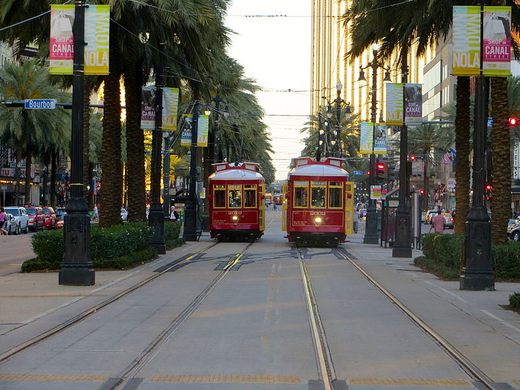

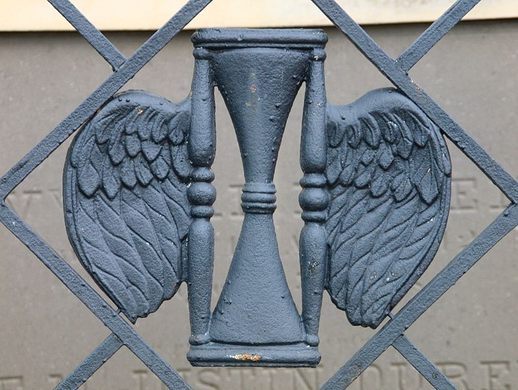
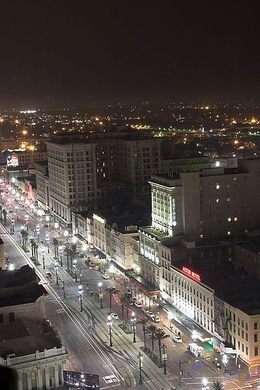







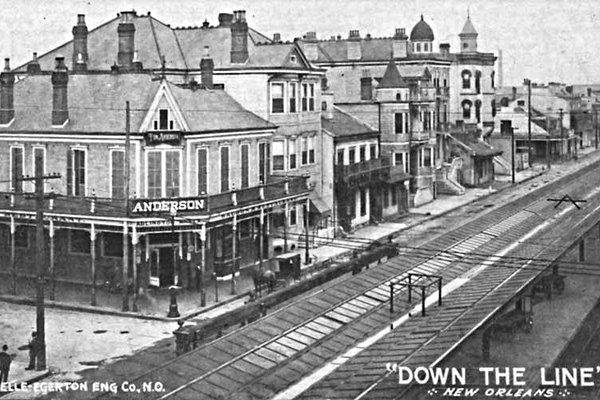

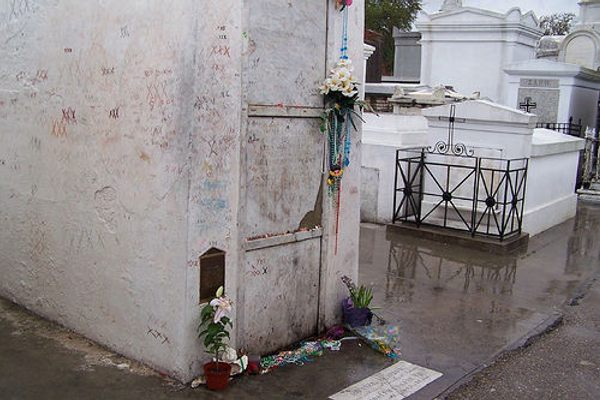
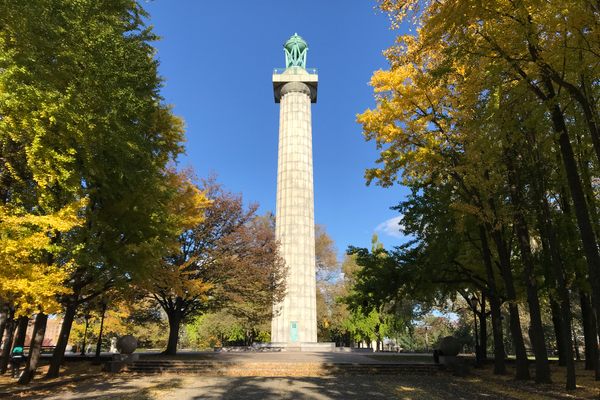




Follow us on Twitter to get the latest on the world's hidden wonders.
Like us on Facebook to get the latest on the world's hidden wonders.
Follow us on Twitter Like us on Facebook